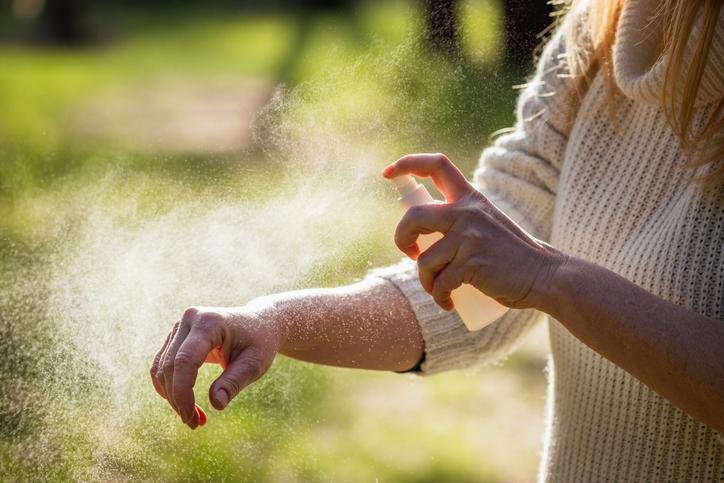10 сентября 2021
8 Myths About Chickenpox


10 сентября 2021
8 Myths About Chickenpox
## What is the cause?
[Chickenpox](https://ul.orna.me/KOge/librarydisease?id=182) is extremely contagious and transmitted by airborne droplets. (This is why the name chickenpox appeared.) The causative agent is [Varicella Zoster](https://ul.orna.me/KOge/librarybiomarker?id=1938), a type III herpes virus. Chickenpox has a long incubation period of 2 weeks. During this time, the symptoms of the disease are not yet visible, but ===3–5 days before the onset of the rash, the person becomes contagious.
## Symptoms
Generally, children with chickenpox complain of headaches, scratchy throat, and body aches. Parents at first find it difficult to determine the cause of illness. Next, the child’s temperature rises and there are characteristic rashes on the body. The rash is almost always a good indicator of the disease. On average, the duration of the rash period is 5–8 days, and 5 days after the last pox appeared, the person is no longer contagious.
## True or false?
__Chickenpox is harmless: False.___ The disease can be both mild and very severe, especially in adults and people with lowered immunity. Chickenpox can cause pneumonia, meningitis, encephalitis, and laryngitis with suffocation. The rash can occur not only on the surface of the skin, but also on internal organs — this form of chickenpox is called visceral, and it is especially dangerous. To avoid the disease and possible complications, both children and adults are better off not taking risks and getting vaccinated against chickenpox in advance. Nowadays, it is available to everyone.
__Chickenpox is very contagious: True.__ The virus can infect the human body with a 90 % probability. If at least one person is infected indoors, most of those present will also get sick if they haven't had the disease before. However, the virus quickly dies in the fresh air.
__Only children get chickenpox: False.__ Adults get chickenpox, too, and it is more severe. The disease is considered pediatric because it cannot be avoided if the child attends kindergarten or school. Fortunately, babies under 6 months of age are protected from infection by their innate immunity.
__Chickenpox is transmitted through objects: False.__ The chickenpox virus can only exist in the human body. There is very little chance of infection through surrounding objects because the virus cannot live in that environment.
__Treatment for chickenpox is useless: False.__ For immunocompromised patients, acyclovir can help fight the virus. If you have a high fever, you need to take antipyretics. And if pustules develop on the skin, you need to be treated with antibiotics — all prescribed by your doctor.
__You cannot shower when you have chickenpox: Mostly false.__ In the first few days, it really is better to avoid showering — especially from hot showers. But as soon as the first rashes crust over, hygiene is necessary to prevent additional infection. The water should be warm, and you should only spend a few minutes in the shower. Do not use a washcloth and detergents. You can rinse yourself with a decoction of chamomile, oak bark, or potassium permanganate solution.
__Crusts from sores should not be peeled off: True.__ Crusts are necessary to protect the wound from bacteria and viruses as well as help regeneration. If you peel a dry crust off a sore, you could damage the epithelium, increasing the risk of scarring.
__You get chickenpox once in your lifetime: Partially true.__ After you've had the disease, you develop lifelong immunity. But the virus does not disappear from the body, it simply goes into the latent phase. It can sleep for years, but at some point activate and appear in the form of shingles, a different disease. People over 60 with a weakened immune system and chronic diseases are especially at risk and can get a shingle shot to protect against it.













